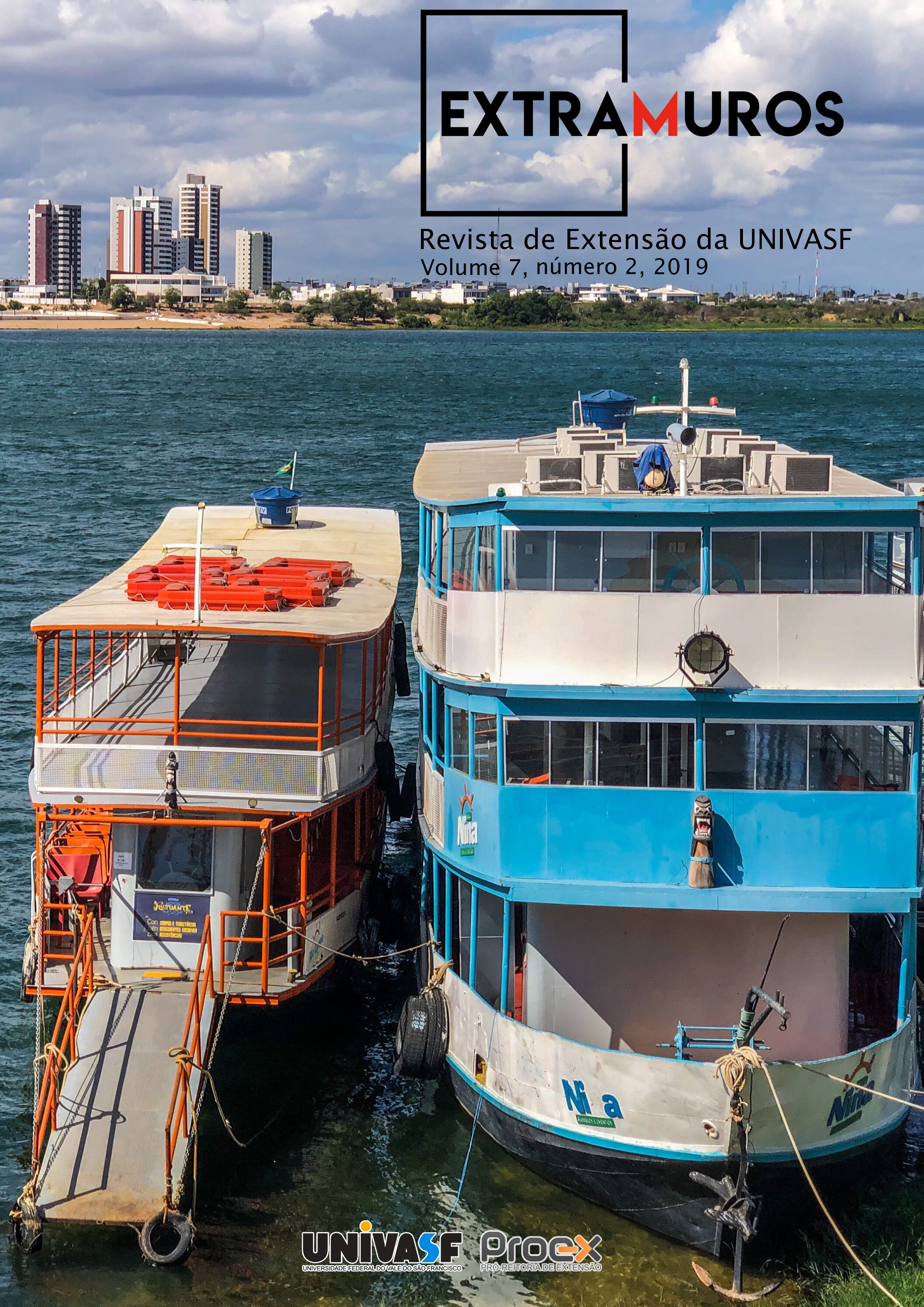THE IMPORTANCE OF THE VALE DO SÃO FRANCISCO HERBARIUM FOR ENVIRONMENTAL EDUCATION IN THE PERNAMBUCO SEMIARID ECOSYSTEM
Keywords:
Scientific Collection, Database, Caatinga VegetationAbstract
Brazilian herbariums, besides recording the flora of a certain area, are important tools in environmental education. Given this, they represent a relevant type of scientific collection of botanical species, important in several studies and that bear witness to the geographic distribution of a species in a given location, region and ecosystem. The Vale do São Francisco herbarium (HVASF) is proposed as a reference for the flora of the Caatinga region and has more than 80% of species identified by the leading experts from Brazil and other countries, such as Argentina, England and the United States. It has its own database, Carolus Software, a multi-user online system, integrated with System of Geographic Information. Thus, this study aimed to disseminate the activities developed by the HVASF Herbarium from 2009 to 2019. The results showed that HVASF received 68 visits, totaling 1,340 visitors from public and private institutions in the region. Thus, it is noted that the herbarium provides a service to society by being computerized and by Caatinga biodiversity, as well as promoting environmental education, stimulating knowledge and conservation of this ecosystem.





